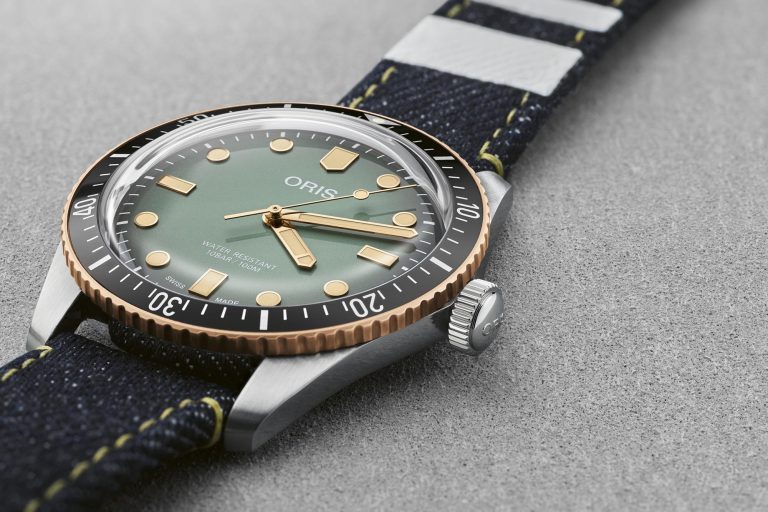Oris recently announced a special steel and bronze version of their Oris Divers Sixty-Five that was made in collaboration with Momotaro Jeans, an independent Japanese company that makes jeans entirely in-house, from their own denim to the finished product.
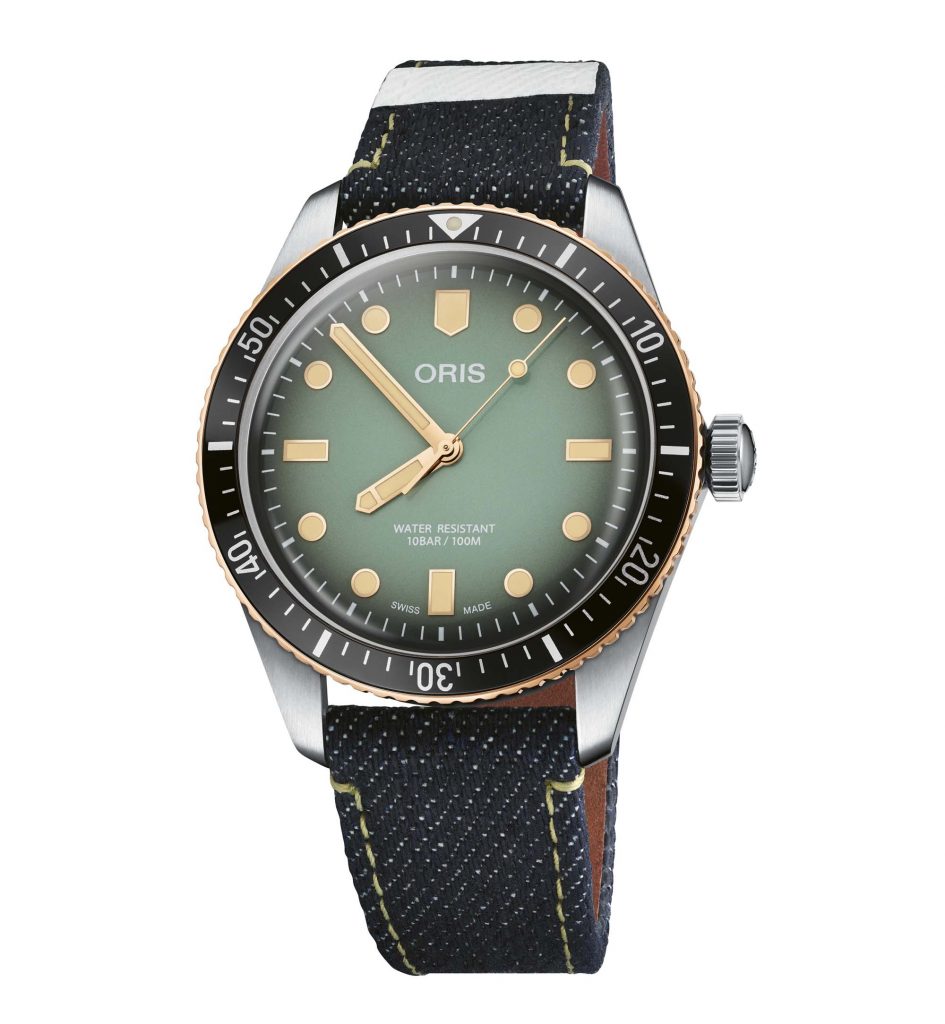
The Divers Sixty-Five is a familiar watch from Oris, being their vintage inspired take on a classical diver’s watch. This version has a 40mm stainless steel case with a bezel made of bronze, for that two toned look, and adds a gradient green dial to the mix. Adding that final vintage touch, is their use of Super-LumiNova® ‘Light Old Radium’, a luminous material that is modern in function but mimics the look of faded radium lume on vintage watches.
Lastly, the watch comes supplied on a special strap, made of Indigo Momotaro denim with the signature design element of the company, the two white ‘battle stripes’. Along with this it comes supplied in a special denim travel pouch, also made by Momotaro.

So those are the details of the watch and it’s pretty straightforward. If you know about Momotaro, you’ll already know how special a collaboration like this already is. If you’re like me however and are being introduced to them for the first time via this Oris collaboration, then it’s worth taking some time to watch this documentary by Momotaro, and to note the similarities in their design and production ethos as compared to traditional watchmaking.
Theirs is a denim that is made entirely in-house with tremendous attention to detail, on American vintage shuttle looms no longer used anywhere else around the world before. How much attention to detail? How about the fact that they are extremely vigilant on the proper functioning of their looms, checking on their physical condition every day and through the quality of the denim that they produce. Any parts that are worn are replaced well ahead of time before they malfunction, so that quality is kept high and that they do not affect any other parts in the machine.
The denim that is produced is then dyed in-house in the brand’s trademark “world’s deepest indigo”, and it’s worth seeing for yourself how involved the process is in the video to maintain the colour, and to place it in such a way that the wear comes out as it should when worn.

The raw denim is then hand-sewn by skilled craftspeople, and then finished with their brand’s quality symbol, a pair of white “battle stripes” .
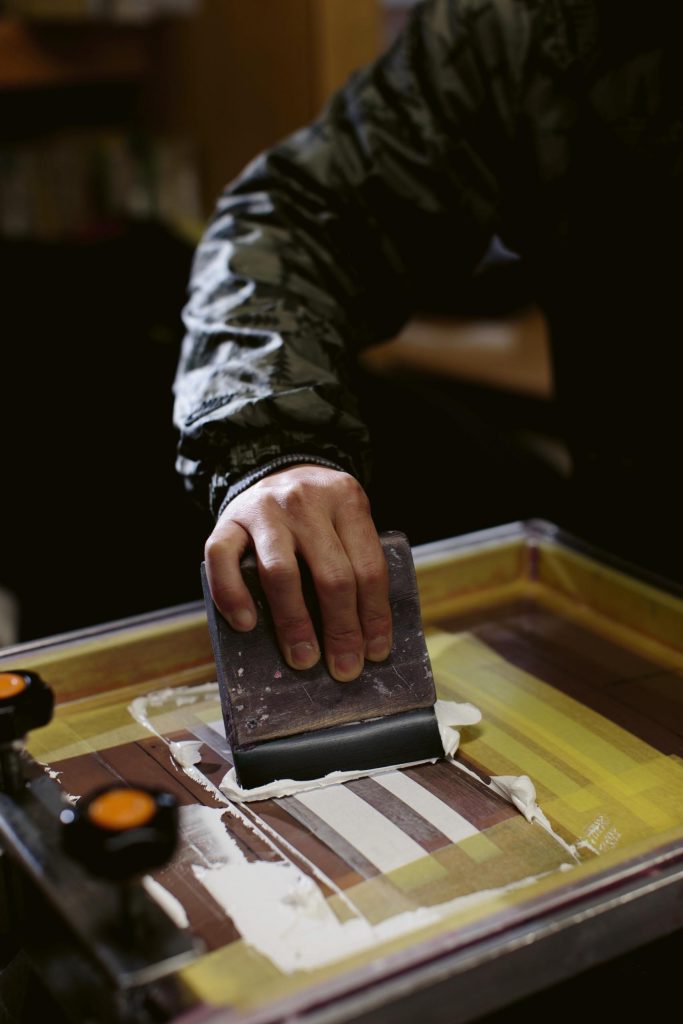
This is craftsmanship that goes all the way, and the Japanese ethos of attention to detail that we all know is all here, but applied to the art of making jeans, and in line with their mantra “ Made by hand without compromise”.
See below for an interview that Oris conducted with Katsu Manabe, son of the founder, Hisao Manabe, for more interesting details of the collaboration:
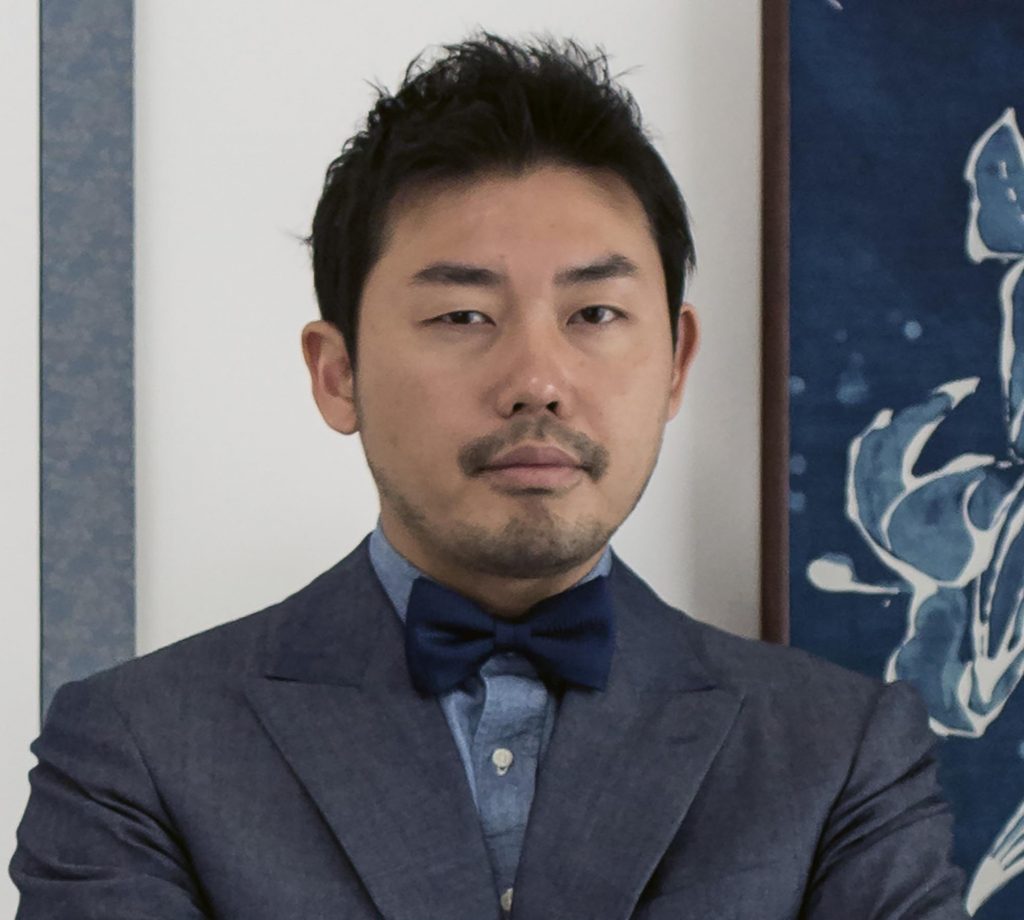
Mr Katsu Manabe
Mr Manabe, tell us a bit about yourself and your role with Momotaro Jeans.
My name is Katsu Manabe and I’m the son of the company’s founder, Mr Hisao Manabe. My job is to take the Momotaro story to the world and develop the overseas market.
What’s the story behind the company?
The story began in 1992 when my father established a textile company called Collect.
At the start, there were just three people working in a tiny office near Kojima station. It was very basic, but it was just what they needed – from there, the company has grown to 140 people, who work at our headquarters in Okayama and in Tokyo.
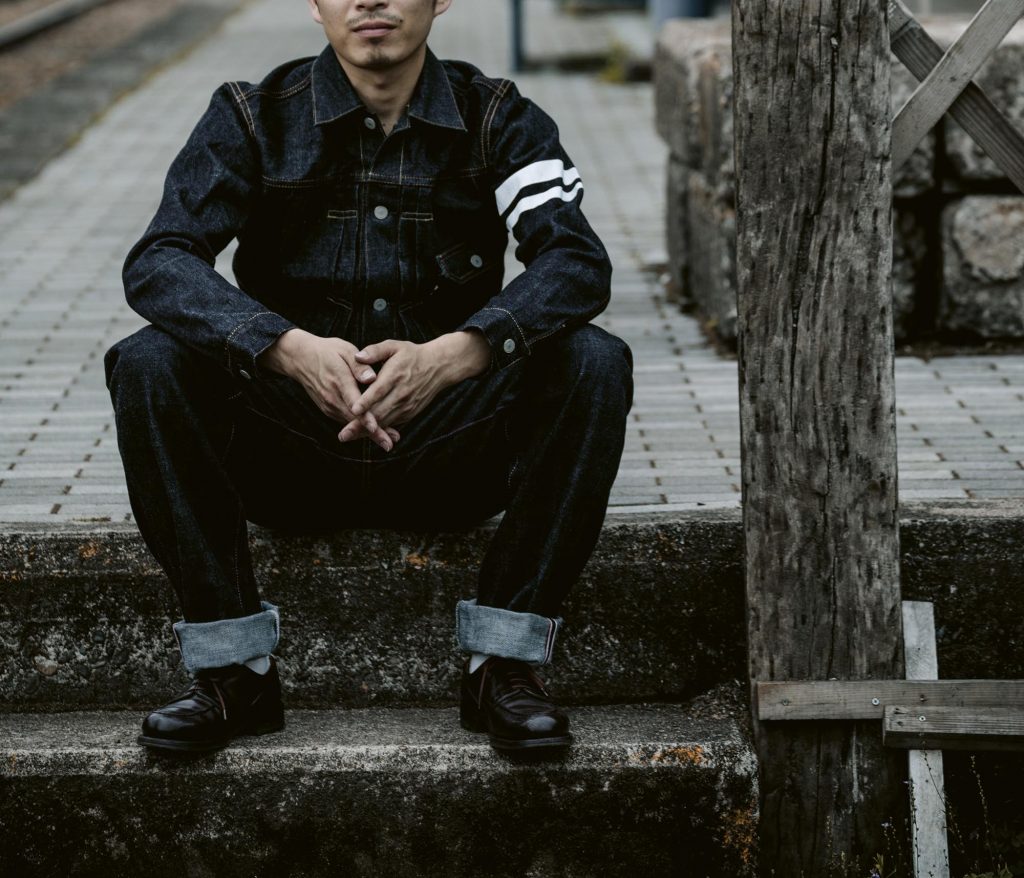
Why the name Momotaro?
The original idea was to find a strong name that would capture our drive to create the best indigo denim in Japan, and to be the best denim company in the world. Momotaro is a heroic figure in Japanese folklore and really closely associated with Okayama. Our airport is even called Okayama Momotaro Airport. It’s the most famous symbol of this city and prefecture, and so we proudly named our company after it.
How strong is Japanese jeans culture?
Jeans became a cool fashion import in the 1960s and since then, people have loved wearing them. In the 1970s and 1980s, the school movement and hippy fashion hit Japan, and jeans became a staple of the Japanese fashion scene. There was a vintage denim trend in the 1990s that’s never really gone quiet. There are still loads of denim- heads running vintage denim stores telling the story to a new generation. Today, jeans are central to the Japanese fashion market.
What’s the difference between Japanese, American and European jeans?
I think it’s clearly defined. In the USA, jeans have a simple but strong image and the focus is on fit. In Europe, the story is around design and styling. In Japan, we focus on details and quality.
What defines Japanese craftsmanship?
Japanese craftsmanship has a spirit of hospitality. By that I mean every detail is carefully considered for end users. That’s what genuine quality means to us. Is there anything special about the way you weave or dye the denim, or in how you manufacture your jeans?
It’s summed up by the words ‘no compromise’. We don’t compromise on any aspect of the manufacturing process. The original material has to be long-staple, high- quality cotton; we only use deep indigo rope dye for a beautiful fade; we use old vintage shuttle looms to create a hand-made feel in our textiles; and details are carefully hand- sewn. In short, no compromise on quality. We always exceed global standards.
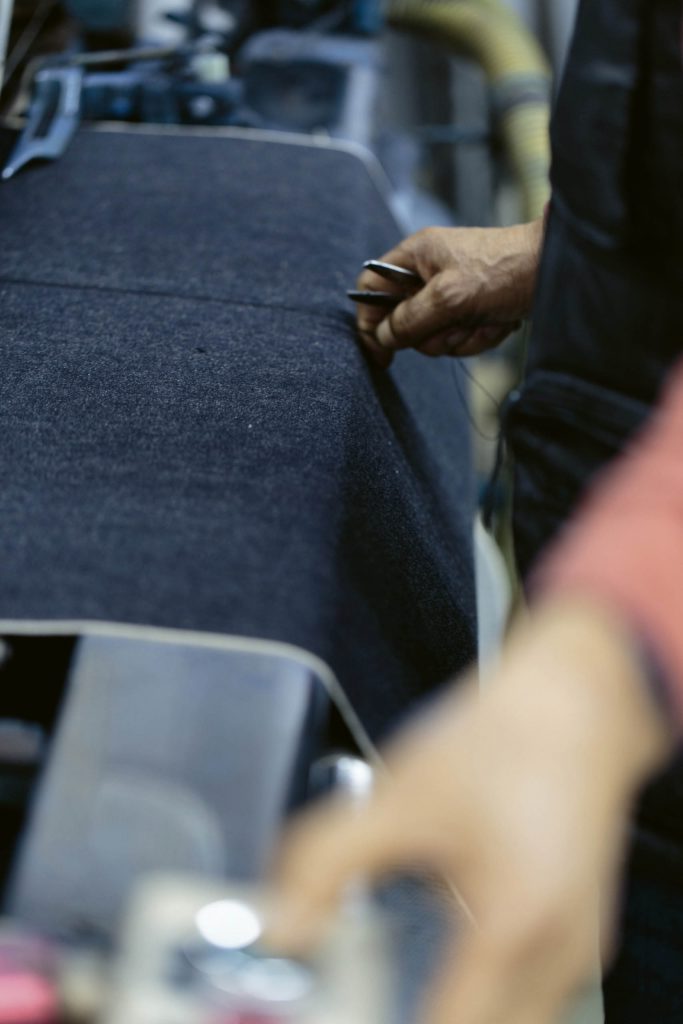
Do you train people to work in your factories and learn the Momotaro way?
Yes. But not just in factories. All our sales and store staff have to learn to sew too, including hem-stitching, which is harder. We have around 50 people who can sew.
Are young people interested in working for you and in learning these skills?
Yes and no. Young people want to learn basic hemming and sewing. But it’s not
so easy to hire young people to work in our factories. We also find there are fewer mechanics around who can maintain our vintage shuttle looms. Recently, one of our specialist mechanics, who has 50 years’ experience, trained up a 27-year-old guy to work on our machines. That was cool.
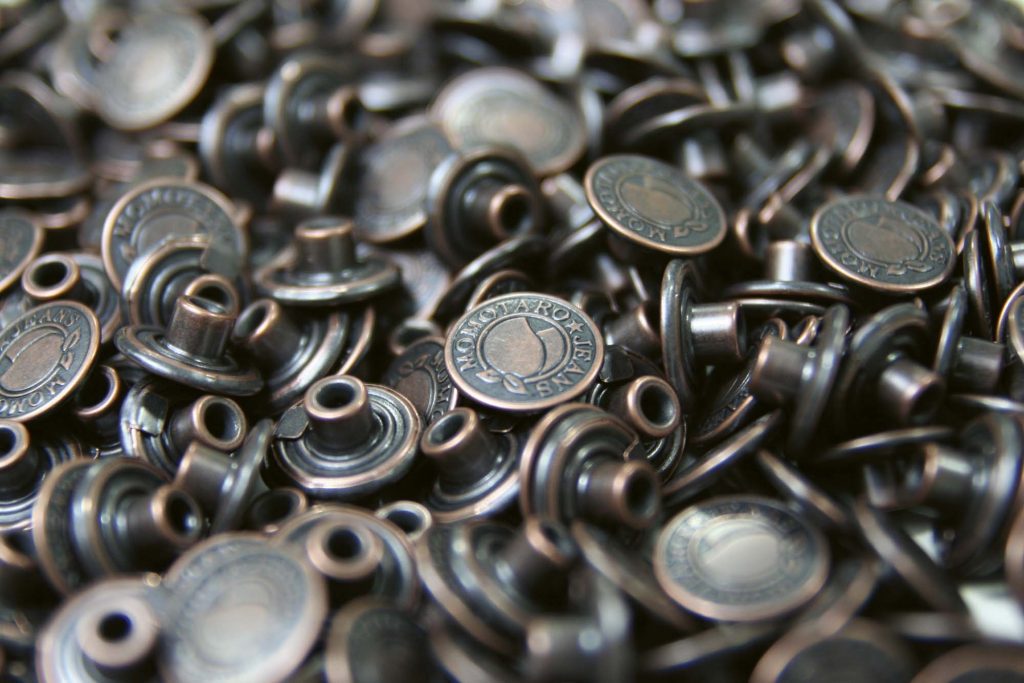
Why did you choose to partner with Oris?
We felt it was a chance for both of us to explore new ideas and new territory. This
is the first time we’ve worked with a Swiss watch company, and I don’t think Oris has partnered with a Japanese textile company before either. Oris is the perfect match for us, because like Momotaro, it’s independent, it makes bold and brave choices, and it’s obsessive about quality. This isn’t just a product collaboration – our spirit, culture and craftsmanship really synchronised.
And we also love Oris watches and the Oris story. Go your own way!
Finally, tell us what your role is in the Oris x Momotaro watch.
We’re making straps for the watch using our hard-wearing indigo Momotaro denim, finished with our signature white ‘battle stripes’. I’m sure it’ll stoke up interest because it’s a super collaboration. I love it, and I definitely want the watch!
[ninja_tables id=”5361″]


